The increasing popularity of ornamental grasses in the home landscape is fueling a drive for innovative new styles and introductions.
They have many advantages. They are easy-care plants with low water usage. They’re sustainable and provide wildlife habitat, while also being deer resistant.
“Grasses provide a unique textural quality to the landscape that few other ornamentals can,” said Mary Mooney, sales team member for Eshraghi Nursery, a wholesale nursery in Hillsboro, Oregon. “Their range of height, dramatic sprays, dancing plumes, and color through the season create an interest that can stand alone or help boost the beauty of their garden companions. Some are even evergreen! From modern to cottage garden and shade to sun, they have the propensity to fill numerous niches in any design.”
Grasses are great additions to the garden as specimens, in mass plantings, as functional tall hedges or even grown in meadows. You will find new introductions at local garden centers every year.
The beauty and versatility of ornamental grasses serve as a muse for garden designers and landscapers, inspiring them to craft unique and captivating landscapes.
“Whether gardeners are looking to create a modern meadow design — a top trend we’re watching for 2025 — or just want to add unique visual interest to the garden, we have so many stunning grasses to offer,” said Katie Tamony, chief marketing officer and trend spotter at Monrovia, a California-based wholesale nursery with its largest farm in Dayton, Oregon. “Ornamental grasses provide captivating texture and color all while being a low maintenance choice.”
New varieties of Japanese forest grass
Every year, new Japanese forest grass introductions join the old standbys. Most of these grasses shine in the shade and offer another textural style not often available for the shadier side of the garden. The grasses’ waterfall effect is attractive in a border edged with them, spilling down a container, or used as an accent.
Briggs Nursery, a wholesale nursery in Elma, Washington, is at the forefront of the ornamental grass trend with its Japanese forest grass (Hakonechloa) introductions. What sets apart the Hakonechloa macra ‘HakBri2’ Lime Zest™ is its unique lime-colored foliage with white variegation that turns cream later in the season, without any gold or yellow tones in the leaves. The plum-colored new shoots in spring add to its allure.
Dan Meier, product development and efficiency manager for Briggs, believes Lime Zest™ will be a game changer and a top seller this year. Lemon Zest™, with its vibrant chartreuse, lemon, and cream variegation, is the brightest of all Hakonechloa cultivars, adding a pop of color to any shaded area. Despite being smaller than others in the genus, it is an excellent addition to the shade plant offerings.
Another 2024 introduction, Hakonechloa ‘Stripe It Rich’ PP19259, emerged from Terra Nova Nurseries, a plant breeder and wholesale nursery in Canby, Oregon. It has golden leaves and a bright white variegation that make the grass a compelling choice for the shade.
“This is a beautiful cultivar that has a bright white stripe in the center of its golden leaves. It is a beautiful shade-tolerant grass,” said Georgia Clay, plant selections manager for Monrovia Nursery.
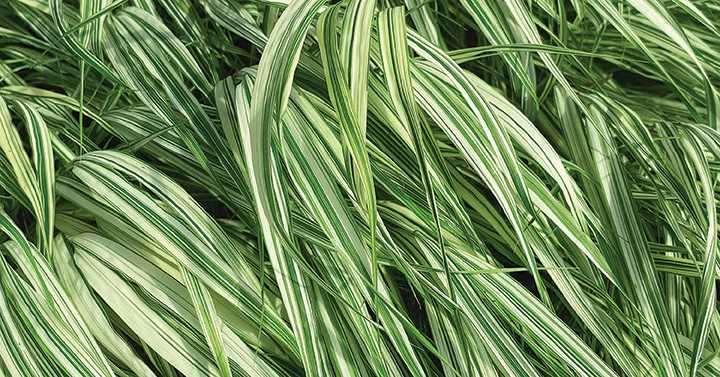

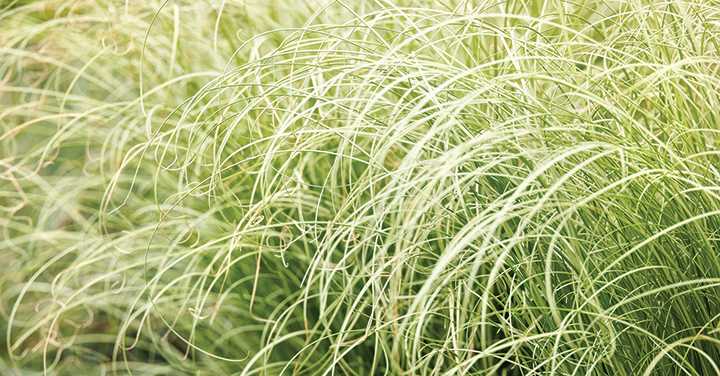
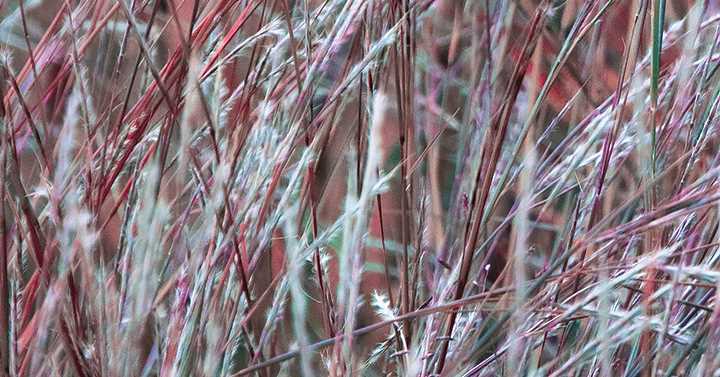
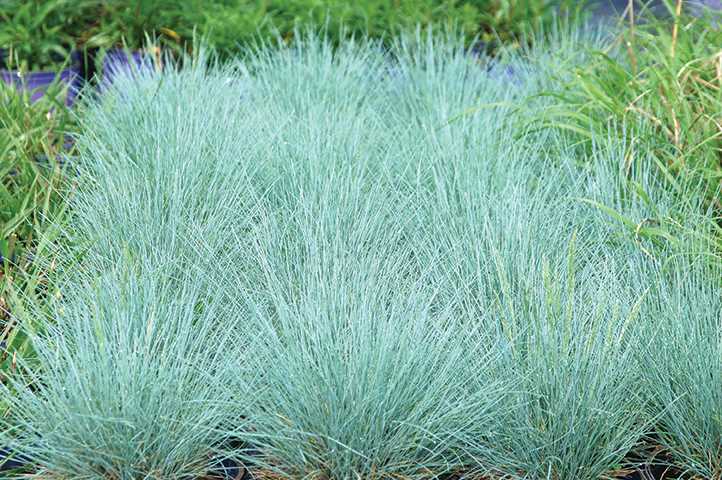
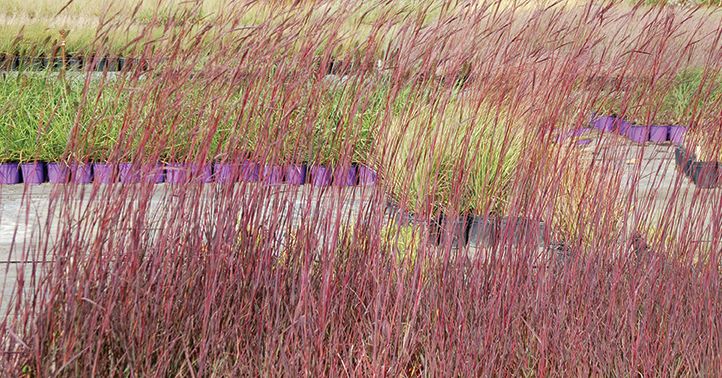
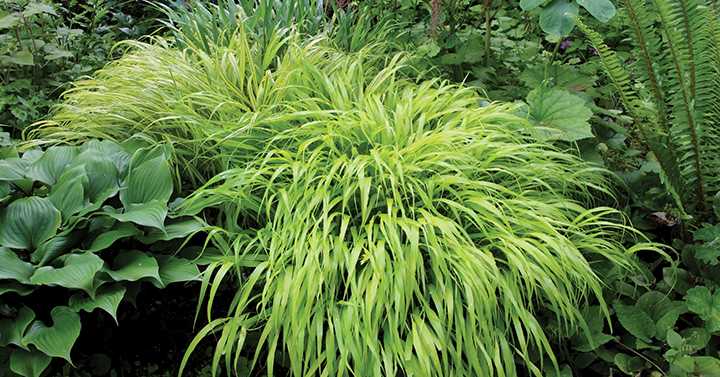
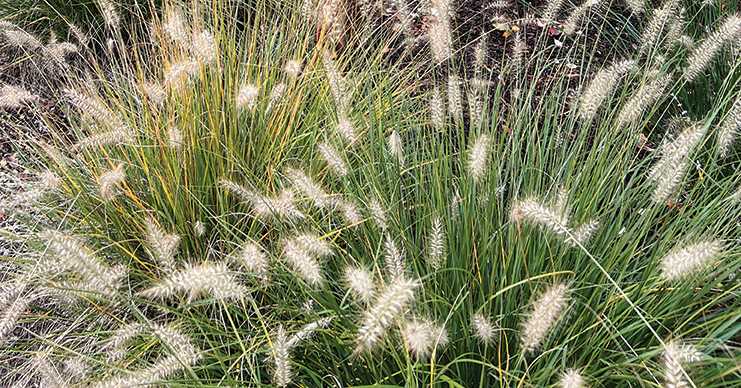
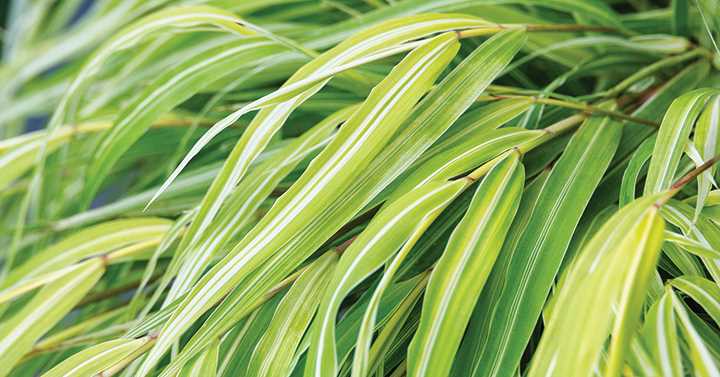
Eye-catching blue fescues
Besides Japanese forest grass, blue fescues have long been used in the landscape and nurseries have improved on them over the years. Cultivars that improve on the blue hue include Festuca × ‘Cool as Ice’. This one emerges from the ground a light green hue and in the summer it turns blue, leaving a two-toned effect with the green, said Eshraghi Nursery’s Monney.
This is also one fescue that will not die from the heat and humidity in areas with hot and humid summers.
Coloful sedges
The Colorgrass® series, which includes the arching, evergreen sedge, Carex comans ‘Amazon Mist’, is known for its vibrant and unique color variations. This feature makes it a popular choice among landscapers and gardeners.
“Amazon mist sedge is a beautiful finely textured Carex that we love for its twisting tips and silvery undersides,” Clay said. “It brings a lot of texture and movement to the garden or containers while being easy to care for and maintaining good heat tolerance. This has quickly become one of my favorite container plants.”
Kip Nordstrom, a landscape designer who owns Kip Nordstrom Design in Lake Oswego, Oregon, uses Carex in her landscape designs. She chooses companion plants that enhance the sedges.
“I have a stand of dwarf Joe Pye weed (Eupatorium ‘Little Joe Pye’) at the right height to be interesting and never floppy. At the base lies a meandering Carex ‘Everillo’, a yellow-green edging grass. The Little Joe is now a tawny, brown, golden, and tan mix, which pairs beautifully with the sharp yellow-green Carex on the ground.
“Before autumn, the seed heads of ‘Little Joe Pye’ are pink, and they, too, look lovely with the Carex. I’m always fond of the combination,” Nordstrom said. “It’s one of my favorite fall looks.”
Nordstrom uses sedges to enhance various areas. “One of my favorite grasses, Carex ‘Bowles Golden’, I placed next to a water feature. This grass is versatile and can be planted in different ways. Whether as a stand-alone plant, in containers, or for mass-planting, it’s a great example of how one plant can serve multiple purposes in a landscape.”
Other ornamental grasses
One of Nordstrom’s favorite grass plantings at a local Lake Oswego church has inspired some of her designs. In a raised bed full of paperbark maples (Acer griseum), the trees are underplanted with a dwarf fountain grass (Pennisetum alopecuroides ‘Hameln’).
“I always liked the elegant look,” Nordstrom said. “The gorgeous trees with their peeling bark are underplanted with this one grass. I’ve used the same grass as a shorter hedge under trees.”
Nordstrom believes the grass works well in containers, as a stand-alone plant, and for mass planting.
“For some small spaces, I’ve used another Pennisetum ‘Little Bunny,’ that is smaller than P. ‘Hameln’.”
With trends towards using native plants and developing meadows, the appreciation of grass species and their cultivars is widening. Ornamental grasses are becoming an essential plant in the landscape.
Debbie Teashon is co-author and photographer for Garden Communicators award-winning Gardening for the Homebrewer, and a regular contributor to regional magazines. Her gardening website is RainySide.com.
